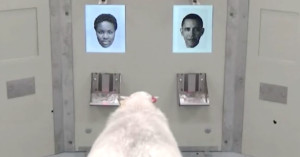
Sheep Can Recognize Celebrity Faces in Photos
Sheep can recognize human faces in photos at a level that's comparable to humans. That's what scientists discovered through testing sheep by showing them celebrity portraits.

Sheep can recognize human faces in photos at a level that's comparable to humans. That's what scientists discovered through testing sheep by showing them celebrity portraits.

Tabloids will pay money for the strangest photos, as long as those stories grab attention and help them sell …
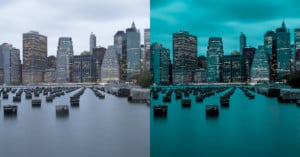
The Lightroom Develop Preset Creator is a new browser-based app that can generate presets with random looks for your photos. If you've ever wanted to use random filters in Lightroom, this site can help you do it.
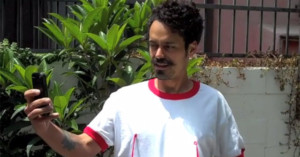
If you thought the Selfie Arm was a strange idea, check this out: the SelfiePICTEE is a T-shirt that has a fold-down bounce reflector on the front that provides a quick fix for the harsh shadows on your face when snapping a selfie.
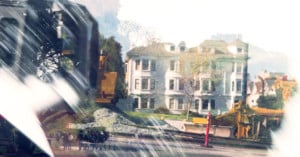
"Fortuitous Layers" is a project by photographer Adam Allegro, who used an old Kodak Reflex II from 1948 to shoot random double exposures of San Francisco.
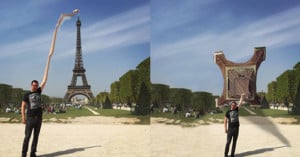
Be careful when asking the Internet to Photoshop a photo for you. The results may be unexpected and you could find yourself turned into the latest Internet meme. A Dutch food blogger named Sid Frisjes found that out recently after one of his vacation snapshots took off online.
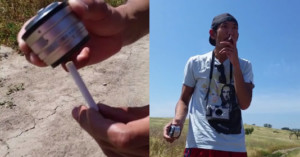
If you’re out shooting on a sunny day and suddenly find that you need to start a fire, your …
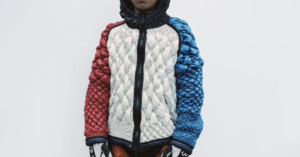
Photographer Tom Johnson recently partnered up with stylist Phoebe Haines for a project titled The Thirty Three. The team roamed the streets of London for five days, asking thirty three random strangers to put on haute couture (i.e. "high fashion") clothing and pose for portraits.
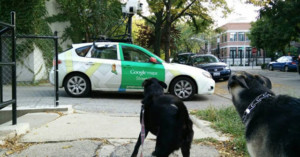
Desislav Iliev was out walking his girlfriend's dogs in Chicago when he noticed a Google Street View camera car driving by in front of him. Pulling out his smartphone, he snapped the above photograph of his dogs staring at the car.
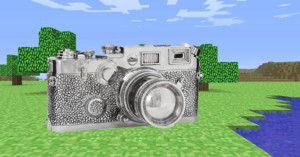
Here's a super random piece of photographic trivia: that $1 million giant Leica sculpture in Los Angeles is likely now in the possession of Minecraft founder Markus Persson (AKA "Notch").
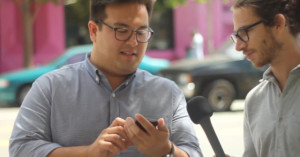
San Francisco-based interactive artist and freelance creative Ivan Cash recently had a neat idea: go out on the streets of San Francisco and ask random people to share the story behind the most recent photo on their phone (note: there is one racy photo and a few curse words dropped by some of the interviewees).

Where popular culture is concerned, YOLO might be the new Carpe Diem. The acronym, which stands for "you only live once," has become increasingly popular over the past several years after its first known mention in the NBC reality show The Average Joe back in 2004. Now, almost 10 years later, it's broken into the photography industry with the new site PhotoYOLO.
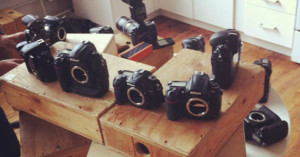
Photographer Benjamin Von Wong was taking a tour of Nikon Professional Services facilities recently when he had an idea: with so much Nikon gear around, why not try making music with the cameras? After all, it's not often that you have tens of thousands of dollars in gear at your disposal to create something fun. The video above is what resulted.
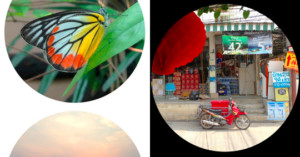
Photo-sharing apps run the gamut between the hyper-social (ala Instagram: like, comment and share to your heart's content) and the secretive (ala Snapchat: this photo will self-destruct in 3 ... 2 ... ). Ustwo's new app Rando falls somewhere in that latter category, because while you can share photos with Rando, you have no idea who you're sharing them with, or who is sharing them with you -- and forget about likes, comments and favorites.
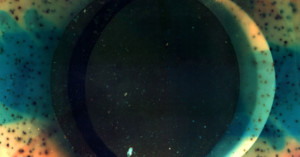
What kind of imagery results when you mix photo paper and fireworks? That's a question photographic artist Ross Sonnenberg has been exploring for the past few years. He creates one-of-a-kind camera-less photograms that look like abstract images of galaxies, but are actually random and colorful patterns created by the light of firecrackers.
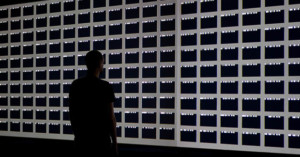
If you think about it, any digital photograph is simply a finite collection of pixels, with each one showing a specific color. There are also only a finite number of colors each pixel on a display can be. Thus, there are only a finite number of photographs that could possibly exist. An unfathomably large number, but finite nonetheless.
That's the basic idea behind artist Jeffrey Thompson's Every Possible Photograph project. Thompson has created an installation that, given enough time, will generate every possible photograph by stepping through every possible combination of pixels.
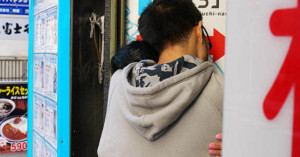
If you're forever alone and want to photograph yourself locked in a warm embrace in a doorway, check out this article by Japanese website Daily Portal -- one of the strangest photography tutorials we've ever seen.
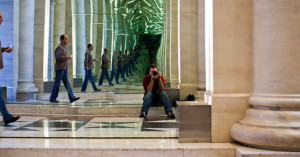
You know the infinitely long tunnel that appears when you look into two mirrors that are pointed at one another? Have you ever noticed that the tunnel becomes more and more green, the deeper you go?
YouTube personality Vsauce has a fascinating new video titled "What Color Is A Mirror?". In it, Mr. Sauce explains that this is due to the fact that there is no such thing as a perfect mirror (i.e. a mirror that perfectly reflects 100% of light). The fact is, a typical mirror best reflects light in the 510nm range, which we perceive as green light.
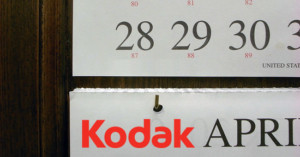
Here’s a random but interesting piece of photo-related trivia: did you know that Kodak used a calendar that had …
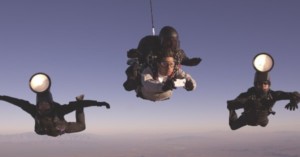
To promote its new One X phone (and the camera on it), HTC came up with the bizarre idea of doing a skydiving fashion shoot with photography student Nick Jojola and model (and professional skydiver) Roberta Mancino. During the photoshoot above the Arizona desert, Jojola plummeted to Earth at 126MPH while Mancino whizzed by at 181MPH, giving the photographer a tiny window of 0.8 seconds to squeeze off the shot.
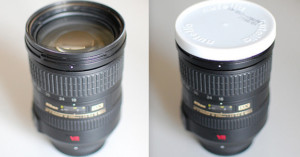
Here’s your completely random photography fact of the day: Nutella lids can double …
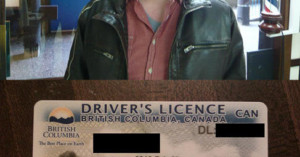
Having a flattering portrait as your drivers license photo is difficult to achieve, but so is having a portrait …
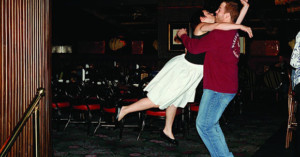
Photographer Lilly McElroy has a unique series of photos titled I Throw Myself At Men that consists of self-portraits showing her launching herself into the arms of strangers.
For this project I went to a lot of bars and I literally threw myself at men who I didn't know. I used my body as a projectile, hurling myself toward strong, vulnerable men who were waiting to catch me. Poised in a perpetual state of social awkwardness and in full possession of the ability to subvert stereotypical gender roles, the photographs pose questions concerning relationships, social connection, sex, gender, and the desire to form relationships quickly that are both intense and long lasting.
The project got started after McElroy placed ads on Craigslist asking for men who'd be willing to meet blind date-style in bars and have McElroy throw herself at them.
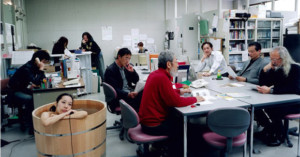
Japanese photographer Mariko Sakaguchi has a curious self-portrait series in which she photographs herself sitting in a bathtub in all kinds of random locations, which range from business offices to lecture halls.

It looks like Microsoft is finally putting its war chest and brilliant minds to good use: the company has …
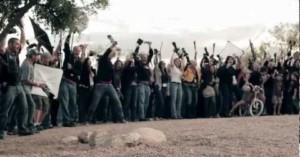
If you liked the Battle at F-Stop Ridge video that went viral earlier this year, then you’ll …
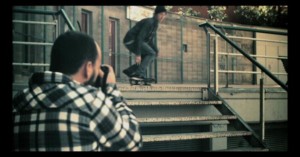
So this is how some photographers always manage to capture awesome action shots… Now if only Neo or Max …
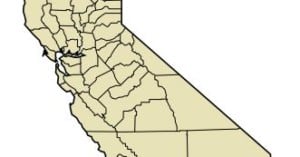
According to Wikipedia, there are roughly one trillion photographs on film or photo …
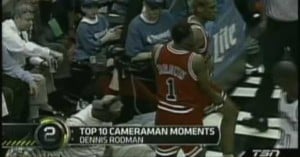
Canada’s TSN created this “Top 10” compilation of clips showing sports photographers and …

Last week it came to light to Amazon founder Jeff Bezos had filed …